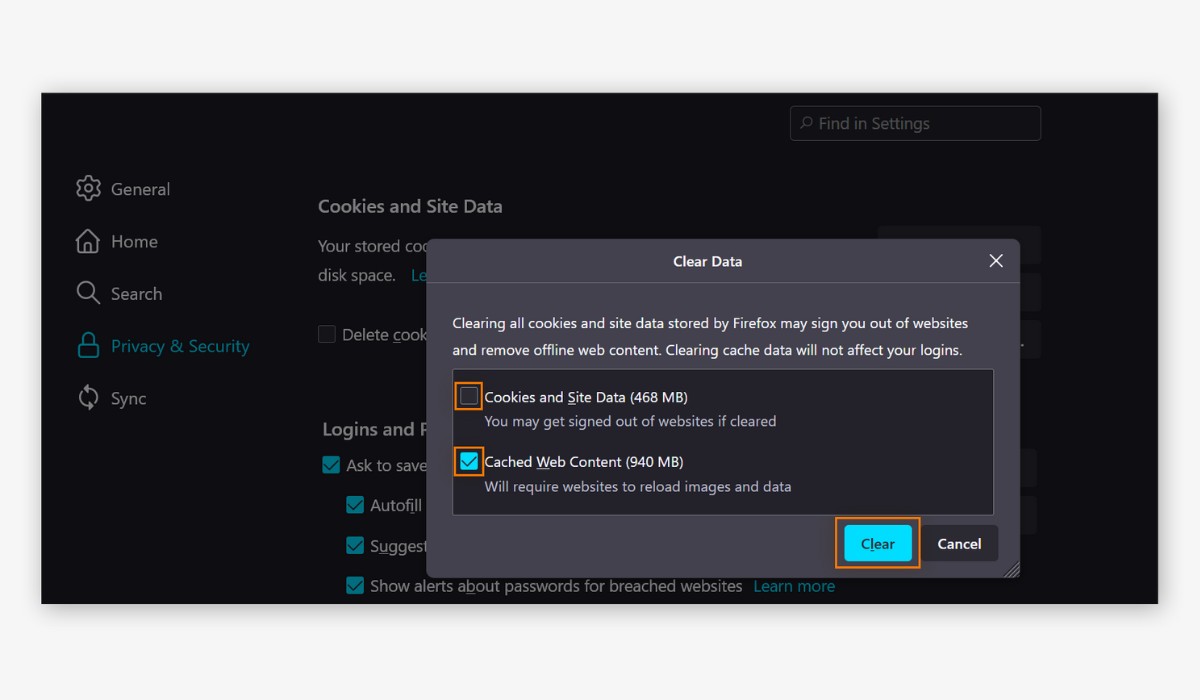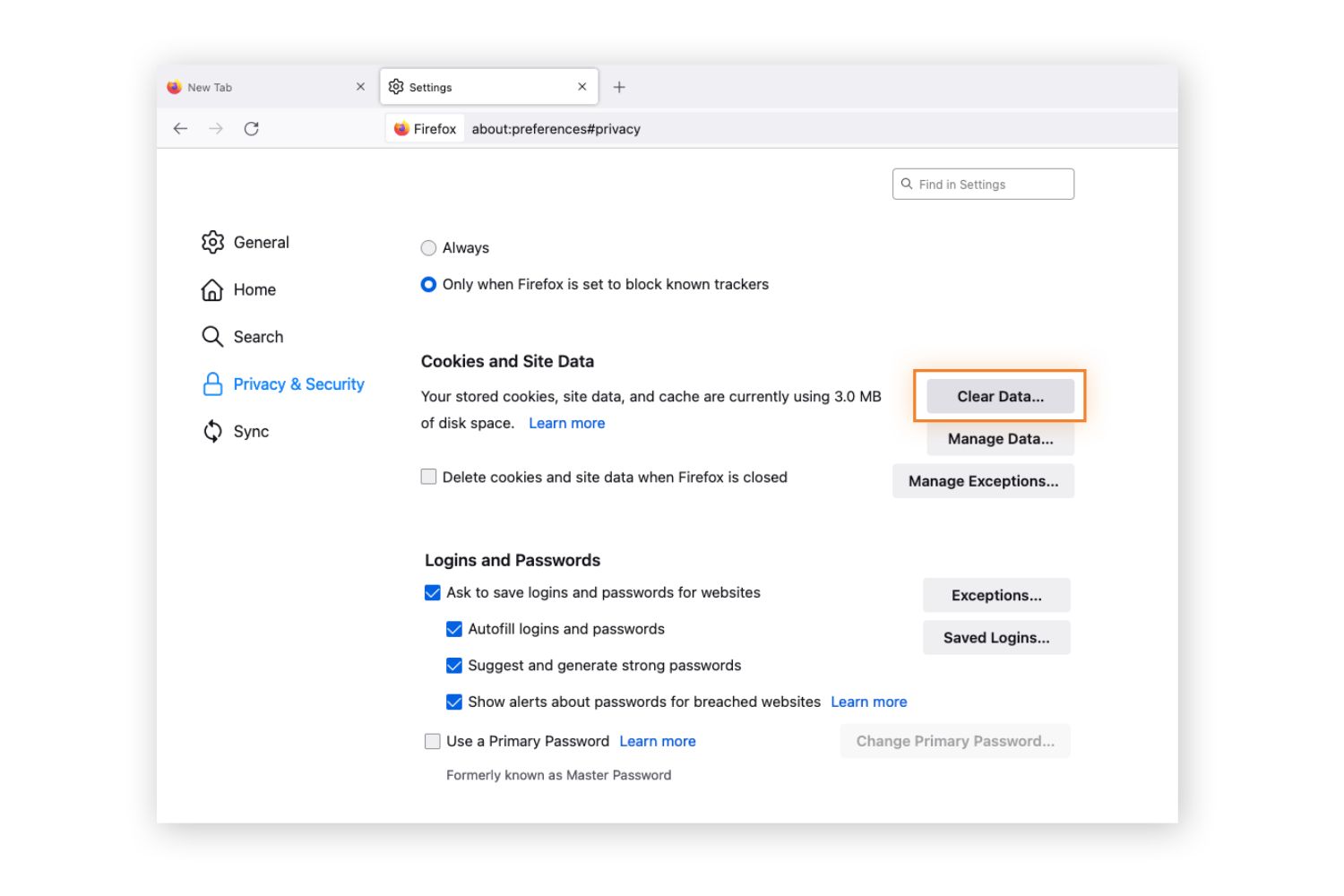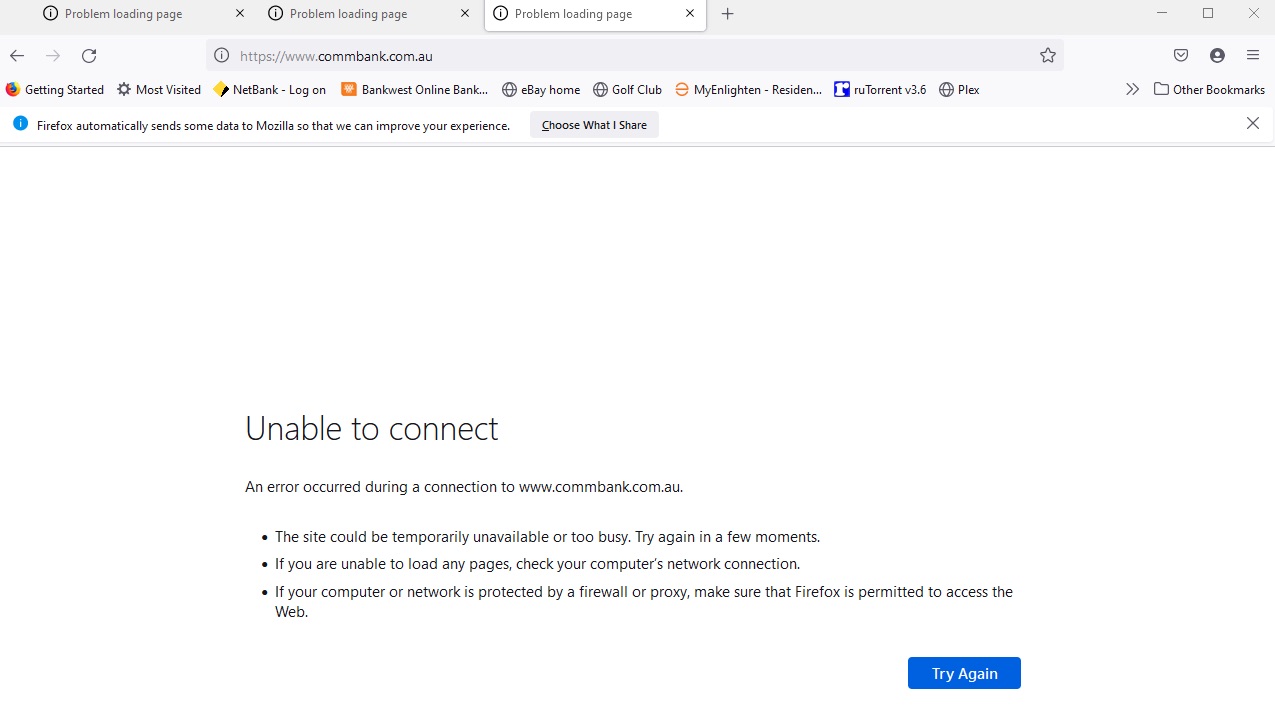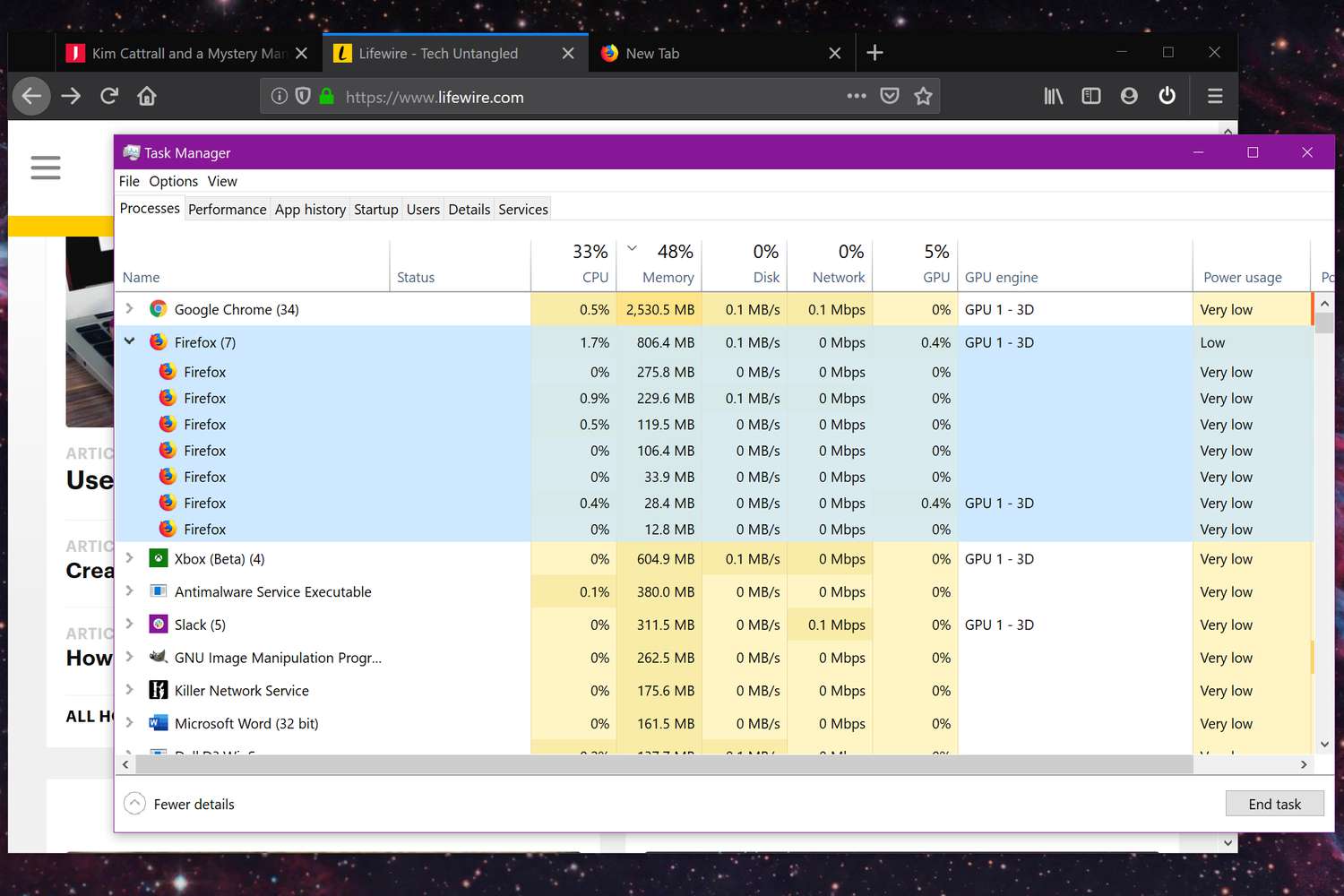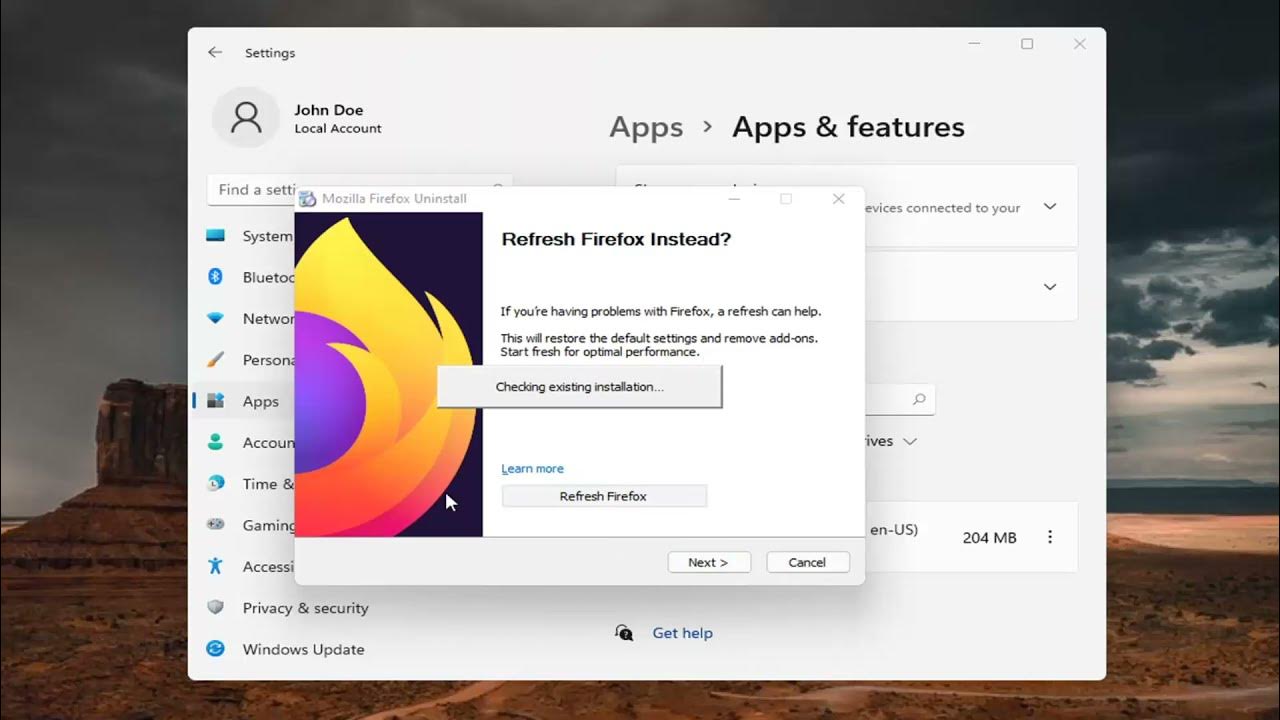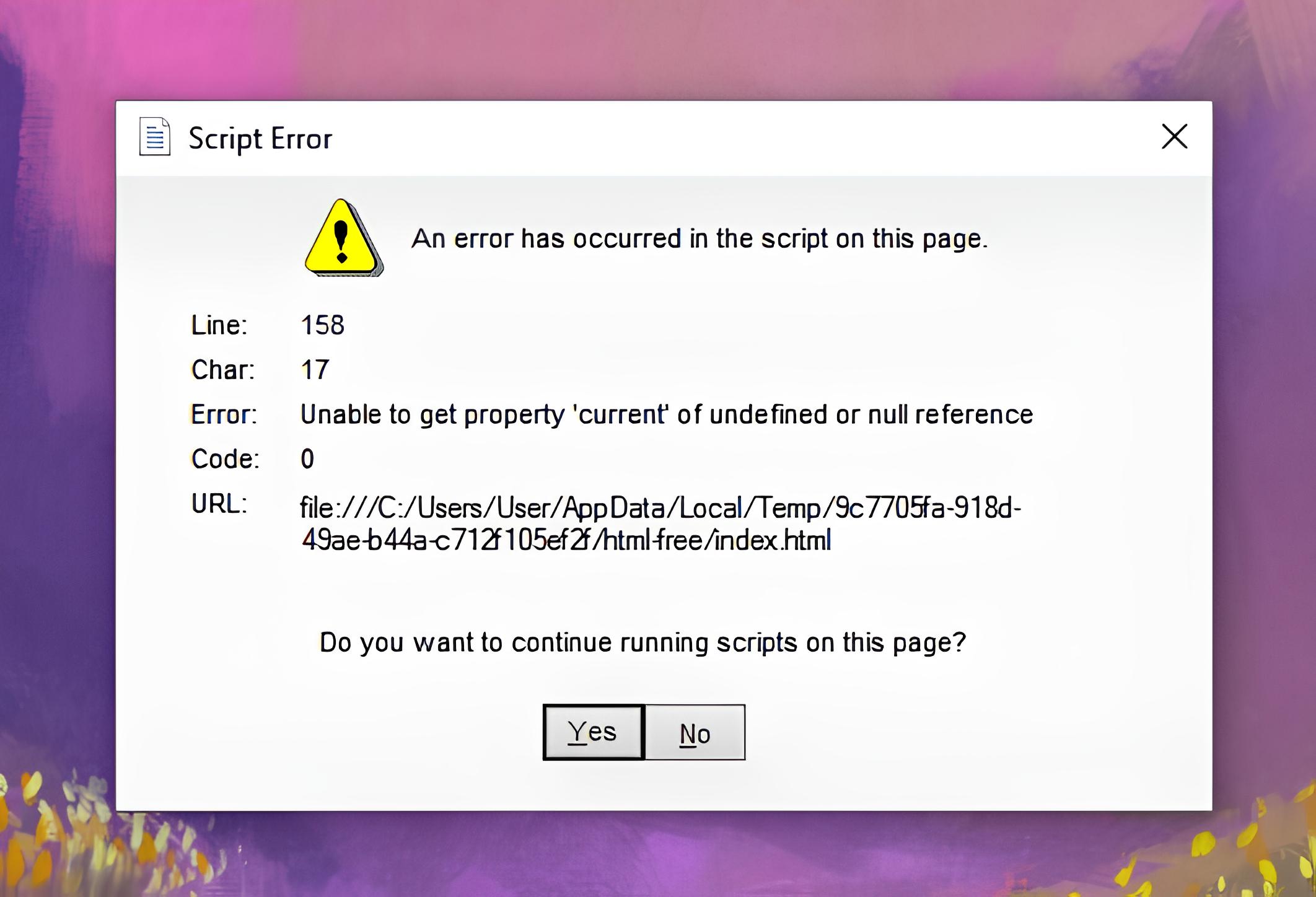Introduction
When browsing the web, your browser stores various elements of the websites you visit, such as images, scripts, and other resources, in a temporary storage area known as the cache. This process is designed to enhance your browsing experience by allowing frequently accessed elements to load faster. However, there are instances when you may need to access or clear the cache, whether to troubleshoot website display issues or to free up storage space on your device.
In this comprehensive guide, we will delve into the intricacies of Firefox cache, exploring its purpose and functionality. Additionally, we will provide step-by-step instructions on how to locate the cache on different operating systems, including Windows, Mac, and Linux. By the end of this article, you will have a clear understanding of Firefox cache and be equipped with the knowledge to manage it effectively.
Let's embark on this enlightening journey to uncover the inner workings of Firefox cache and empower ourselves with the ability to navigate and optimize this integral component of the browsing experience.
Understanding Firefox Cache
Firefox cache plays a pivotal role in optimizing the browsing experience by storing frequently accessed web elements, such as images, scripts, and stylesheets, locally on the user's device. This mechanism aims to reduce loading times for subsequent visits to the same websites, thereby enhancing overall performance and responsiveness. When a user accesses a web page, Firefox checks its cache for the required resources before fetching them from the web server. If the resources are found in the cache and are deemed valid, Firefox retrieves them from the local storage, significantly expediting the page-loading process.
The cache operates based on a set of rules and expiration mechanisms. When a web resource is stored in the cache, it is assigned an expiration time, after which Firefox revalidates the resource with the web server to ensure it is still up to date. If the resource has not expired, Firefox utilizes the cached version, sparing the need for a fresh download. This approach not only conserves bandwidth but also contributes to a seamless browsing experience.
It's important to note that while the cache offers notable performance benefits, it can also lead to issues such as outdated content display. This occurs when a website's resources are updated on the server but the cached versions remain unchanged on the user's device. In such cases, clearing the cache becomes necessary to ensure that the latest versions of web elements are fetched from the server, providing an accurate representation of the website's content.
Understanding the intricacies of Firefox cache empowers users to make informed decisions regarding its management. Whether it involves troubleshooting website display anomalies or optimizing storage space, having a clear grasp of how the cache operates is essential. With this knowledge, users can confidently navigate the cache-related settings and effectively leverage its benefits while mitigating potential drawbacks.
Locating Firefox Cache on Windows
Locating the Firefox cache on a Windows system involves navigating through the file directory to access the designated storage location. The cache directory contains the cached web elements, allowing users to view and manage the stored resources. Here's a step-by-step guide to locating the Firefox cache on Windows:
-
Open File Explorer: Begin by opening the File Explorer application on your Windows computer. This can be done by clicking on the folder icon located on the taskbar or by searching for "File Explorer" in the Windows search bar.
-
Navigate to AppData: The Firefox cache is typically stored within the user's profile directory. To access this directory, navigate to the following path:
C:\Users\YourUserName\AppData\Local\Mozilla\Firefox\Profiles\
Replace "YourUserName" with your actual Windows username.
-
Locate the Profile Folder: Within the "Profiles" folder, you will find a subfolder with a unique alphanumeric name, followed by the ".default" extension. This folder represents your Firefox profile and contains various configuration and cache files.
-
Access the Cache Directory: Open the profile folder and locate the "cache2" directory. This directory houses the cached web resources, including images, scripts, and other elements from websites you have visited using Firefox.
-
View Cached Content: Upon accessing the "cache2" directory, you can view the cached content, organized based on their respective URLs and file types. This allows you to inspect the cached resources and gain insights into the elements stored by Firefox during your browsing sessions.
By following these steps, users can easily locate the Firefox cache on their Windows systems, gaining access to the stored web resources and cache-related files. This knowledge empowers users to effectively manage the cache, whether it involves troubleshooting website display issues or clearing the cache to free up storage space on their devices. Understanding the location of the Firefox cache on Windows is a valuable asset for users seeking to optimize their browsing experience and maintain control over cached web elements.
Locating Firefox Cache on Mac
Locating the Firefox cache on a Mac system involves navigating through the file structure to access the designated storage location where cached web resources are stored. By gaining insight into the location of the cache, Mac users can effectively manage and troubleshoot issues related to cached web elements. Here's a detailed guide on how to locate the Firefox cache on a Mac:
-
Open Finder: To begin the process, open the Finder application on your Mac. You can do this by clicking on the Finder icon located in the dock or by searching for "Finder" using Spotlight Search (Command + Spacebar) and then selecting the Finder app from the search results.
-
Navigate to Library: The Firefox cache is typically stored within the user's Library directory. However, the Library folder is hidden by default in macOS. To access it, click on the "Go" menu in Finder and then press and hold the Option key. While holding the Option key, the Library folder will appear in the dropdown menu. Click on "Library" to access it.
-
Access the Caches Folder: Within the Library directory, locate and open the "Caches" folder. This folder contains cached data from various applications, including Firefox.
-
Locate the Firefox Cache: Within the "Caches" folder, navigate to the "Mozilla" folder, which houses the cache directory for Firefox. Once inside the "Mozilla" folder, you will find a subfolder labeled with a unique alphanumeric name followed by the ".default" extension. This folder represents your Firefox profile and contains the cache and other related files.
-
Access the Cache Directory: Open the profile folder and locate the "cache2" directory. This directory contains the cached web resources, including images, scripts, and other elements from websites visited using Firefox.
-
View Cached Content: Upon accessing the "cache2" directory, you can view the cached content organized based on their respective URLs and file types. This allows you to inspect the cached resources and gain insights into the elements stored by Firefox during your browsing sessions.
By following these steps, Mac users can easily locate the Firefox cache, gaining access to the stored web resources and cache-related files. This knowledge empowers users to effectively manage the cache, whether it involves troubleshooting website display issues or clearing the cache to free up storage space on their Mac. Understanding the location of the Firefox cache on a Mac is a valuable asset for users seeking to optimize their browsing experience and maintain control over cached web elements.
Locating Firefox Cache on Linux
Locating the Firefox cache on a Linux system involves navigating through the file structure to access the designated storage location where cached web resources are stored. By gaining insight into the location of the cache, Linux users can effectively manage and troubleshoot issues related to cached web elements. Here's a detailed guide on how to locate the Firefox cache on a Linux system:
-
Open File Manager: Begin by opening the file manager application on your Linux distribution. The file manager may vary based on the Linux distribution being used, such as Nautilus for Ubuntu, Dolphin for KDE, or Files for GNOME.
-
Navigate to the Firefox Profile Directory: The Firefox cache is typically stored within the user's profile directory. To access this directory, navigate to the following path:
/home/YourUserName/.mozilla/firefox/
Replace "YourUserName" with your actual Linux username.
-
Locate the Profile Folder: Within the ".mozilla/firefox/" directory, you will find a subfolder labeled with a unique alphanumeric string followed by the ".default" extension. This folder represents your Firefox profile and contains various configuration and cache files.
-
Access the Cache Directory: Open the profile folder and locate the "cache2" directory. This directory contains the cached web resources, including images, scripts, and other elements from websites visited using Firefox.
-
View Cached Content: Upon accessing the "cache2" directory, you can view the cached content organized based on their respective URLs and file types. This allows you to inspect the cached resources and gain insights into the elements stored by Firefox during your browsing sessions.
By following these steps, Linux users can easily locate the Firefox cache, gaining access to the stored web resources and cache-related files. This knowledge empowers users to effectively manage the cache, whether it involves troubleshooting website display issues or clearing the cache to free up storage space on their Linux system. Understanding the location of the Firefox cache on Linux is a valuable asset for users seeking to optimize their browsing experience and maintain control over cached web elements.
Clearing Firefox Cache
Clearing the Firefox cache is a fundamental maintenance task that can resolve various browsing issues and optimize the browser's performance. When the cache accumulates a substantial amount of data, it can lead to outdated content display, slow loading times, or even compatibility issues with certain websites. Therefore, knowing how to effectively clear the cache is essential for maintaining a seamless browsing experience. Here's a comprehensive guide on clearing the Firefox cache:
Clearing the Cache in Firefox
-
Open Firefox: Launch the Firefox browser on your computer.
-
Access the Menu: Click on the three horizontal lines in the upper-right corner to open the menu.
-
Select Options/Preferences: Depending on your operating system, you will either see "Options" (Windows) or "Preferences" (Mac). Click on it to access the settings.
-
Navigate to Privacy & Security: In the left-hand menu, select "Privacy & Security."
-
Locate the Cached Web Content Section: Scroll down to the "Cookies and Site Data" section.
-
Clear Cached Web Content: Click on the "Clear Data" button. This will open a dialog box with options to clear cached web content and cookies.
-
Choose Cached Web Content: Ensure that the "Cached Web Content" option is selected, and then click "Clear."
-
Confirm Clearing: A confirmation dialog will appear. Click "Clear Now" to proceed with clearing the cache.
Clearing the Cache on Exit
Firefox also provides the option to automatically clear the cache and other browsing data upon exiting the browser. This can be particularly useful for users who prefer a more hands-off approach to cache management.
-
Access Privacy & Security Settings: Follow steps 1 to 4 from the previous section to navigate to the "Privacy & Security" settings.
-
Enable Clearing Data on Exit: Under the "Cookies and Site Data" section, check the box next to "Delete cookies and site data when Firefox is closed."
-
Customize Settings (Optional): If desired, click on the "Settings" button to customize which data is cleared on exit. This allows users to tailor the clearing process to their specific preferences.
By following these steps, users can effectively clear the Firefox cache, ensuring that outdated content is removed and the browser's performance is optimized. Whether it's troubleshooting website display issues or freeing up storage space, clearing the cache is a valuable maintenance task that contributes to a seamless browsing experience.
Conclusion
In conclusion, understanding the intricacies of Firefox cache and its management is essential for users seeking to optimize their browsing experience and maintain control over cached web elements. Throughout this comprehensive guide, we have explored the purpose and functionality of the Firefox cache, delved into the step-by-step process of locating the cache on various operating systems, and provided detailed instructions on clearing the cache to resolve browsing issues and enhance performance.
By gaining insight into the inner workings of the Firefox cache, users are empowered to make informed decisions regarding its management. Whether it involves troubleshooting website display anomalies, optimizing storage space, or ensuring the retrieval of the latest web resources, having a clear understanding of the cache's operation is invaluable.
Furthermore, the ability to locate the Firefox cache on Windows, Mac, and Linux equips users with the knowledge to access and manage the stored web resources. This knowledge not only facilitates troubleshooting efforts but also provides users with the means to inspect and control the cached elements, contributing to a more personalized and efficient browsing experience.
Clearing the Firefox cache emerges as a fundamental maintenance task, allowing users to address issues related to outdated content display, slow loading times, and compatibility issues with certain websites. The step-by-step guide on clearing the cache, both through manual intervention and automatic settings, empowers users to proactively manage their browsing data and optimize the performance of the Firefox browser.
In essence, this guide serves as a valuable resource for users seeking to navigate and optimize the Firefox cache. By leveraging the insights and instructions provided, users can confidently manage the cache, troubleshoot browsing issues, and maintain a streamlined and efficient browsing experience. With a clear understanding of the Firefox cache and its management, users are poised to harness the full potential of their browsing sessions while effectively controlling and optimizing their cached web resources.







